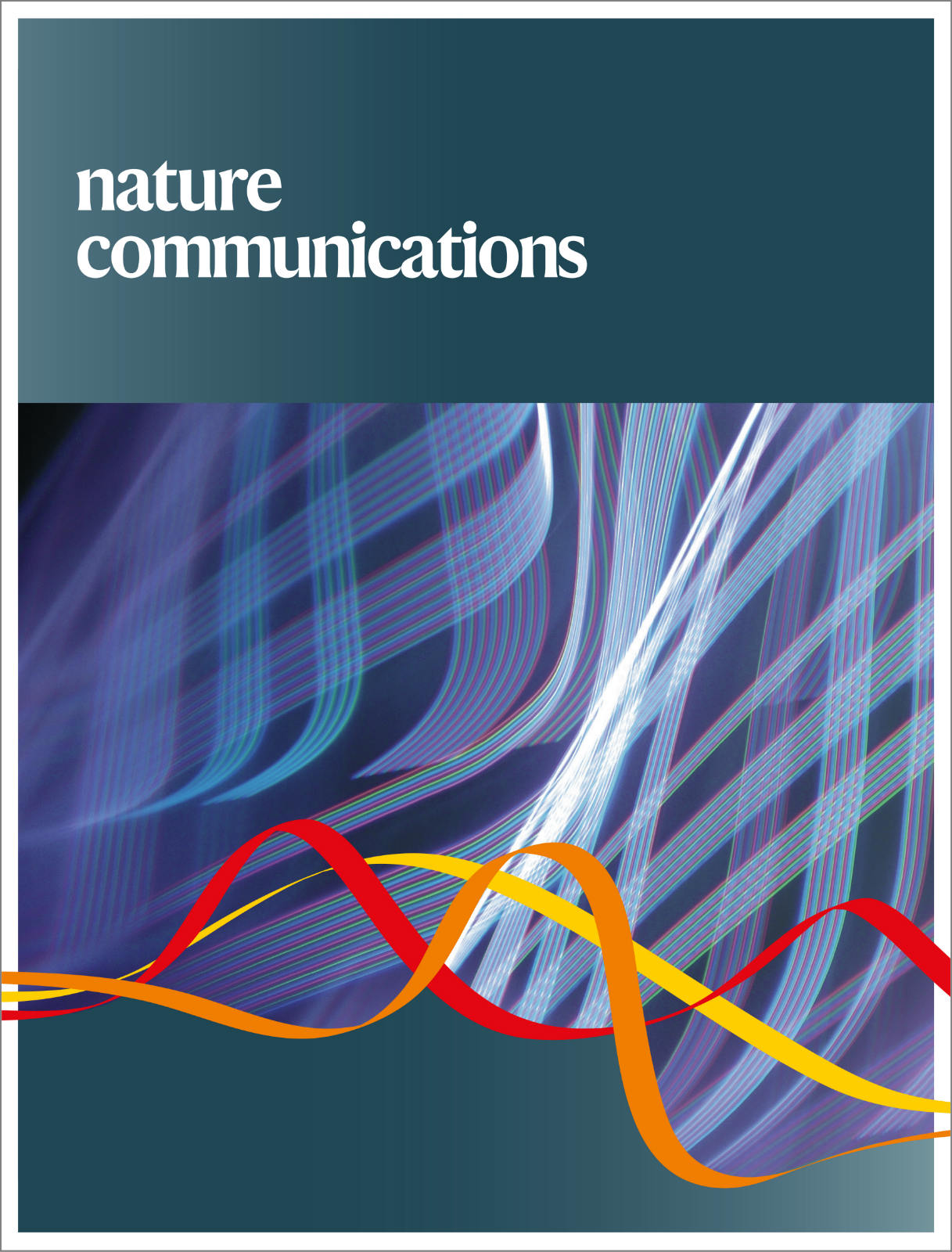轴向配体诱导高效钠硫电池中Ca单原子位的电荷定位。
IF 15.7
1区 综合性期刊
Q1 MULTIDISCIPLINARY SCIENCES
引用次数: 0
摘要
主基团s-嵌段金属单原子催化剂(SACs)通常被认为对钠硫电池中的硫转化反应不具有催化活性。在此,我们设计了一个轴向N原子和四个平面O原子(Ca- o4n - c)配位的高效钙(Ca) SACs用于钠硫电池。轴向N配体诱导Ca位点的电荷定位,加强了Ca中心与硫种之间的p-p轨道杂化,增强了对多硫化钠(Na2Sn)的亲和力,同时促进了转化动力学。当含硫量为1.0 mg cm-2,电解液为2M的二(三氟甲基磺酰基)亚胺钠/氟乙烯碳酸酯,电解液硫比为70 μL mg-1时,Ca-O4N-C@S在循环100次后的硫质量为335 mA g-1,其硫转化活性为1211 mAh g-1,是钠硫电池的d块SACs的理想选择。本研究调节了高效钠硫电池中Ca sac的p轨道电荷分布。本文章由计算机程序翻译,如有差异,请以英文原文为准。
Axial ligand induces the charge localization of Ca single-atom sites for efficient Na-S batteries.
The main-group s-block metal single-atom catalysts (SACs) are typically regarded as catalytically inactive for sulfur conversion reactions in sodium-sulfur batteries. Herein, we design efficient calcium (Ca) SACs coordinated with one axial N atom and four planar O atoms (Ca-O4N-C) for sodium-sulfur batteries. The axial N ligand induces the charge localization at Ca sites to strengthen p-p orbital-hybridization between Ca centers and sulfur species, which boosts the affinity toward sodium polysulfides (Na2Sn) and simultaneously promotes the conversion kinetics. The Ca-O4N-C@S exhibits superior sulfur conversion activity of 1211 mAh g-1 based on the mass of sulfur at 335 mA g-1 after 100 cycles under a sulfur loading of 1.0 mg cm-2 with an electrolyte of 2M sodium bis(trifluoromethylsulfonyl)imide in propylene carbonate/fluoroethylene carbonate and an electrolyte-to-sulfur ratio of 70 μL mg-1, which is well-placed among d-block SACs for sodium-sulfur batteries. This work regulates the p orbital charge distribution of Ca SACs for efficient sodium-sulfur batteries.
求助全文
通过发布文献求助,成功后即可免费获取论文全文。
去求助
来源期刊

Nature Communications
Biological Science Disciplines-
CiteScore
24.90
自引率
2.40%
发文量
6928
审稿时长
3.7 months
期刊介绍:
Nature Communications, an open-access journal, publishes high-quality research spanning all areas of the natural sciences. Papers featured in the journal showcase significant advances relevant to specialists in each respective field. With a 2-year impact factor of 16.6 (2022) and a median time of 8 days from submission to the first editorial decision, Nature Communications is committed to rapid dissemination of research findings. As a multidisciplinary journal, it welcomes contributions from biological, health, physical, chemical, Earth, social, mathematical, applied, and engineering sciences, aiming to highlight important breakthroughs within each domain.
 求助内容:
求助内容: 应助结果提醒方式:
应助结果提醒方式:


